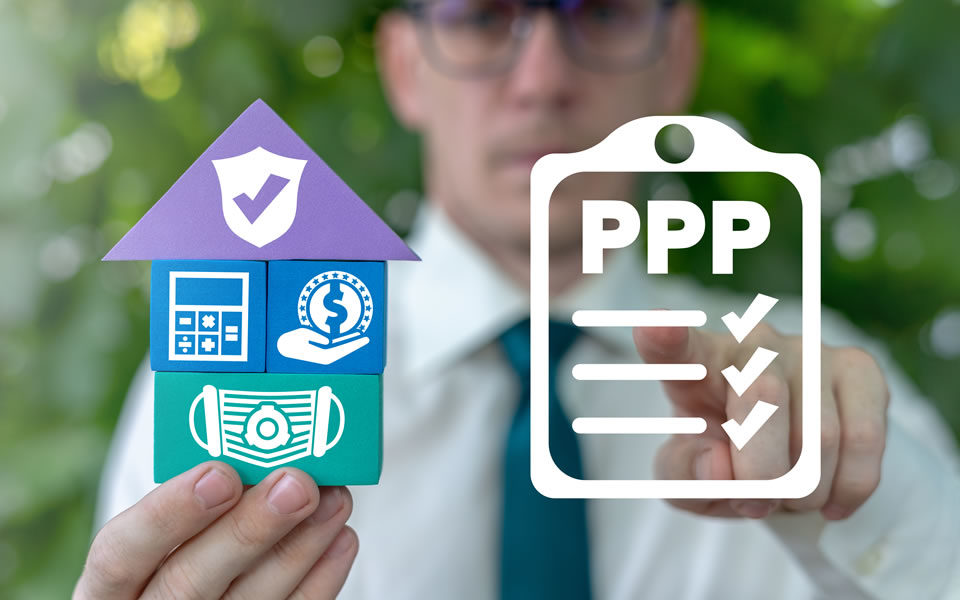Payroll Protection Program Loan Forgiveness Relief for Small Borrowers
The Paycheck Protection Program (PPP) has been evolving since its introduction under the Coronavirus Aid, Relief & Economic Security (CARES) Act. This week, on October 7, the SBA and Treasury issued an Interim Final Rule (IFR) for borrowers with loans of $50,000 or less.
The most impactful aspect of the guidance is that this class of borrowers can ignore the Full Time Equivalent (FTE) and wage reduction calculations required of other loan forgiveness applicants, as a result of new de minimis exemptions.
This interim final rule is welcome relief. Small businesses with loans of $50,000 or less, that spend their PPP funds on qualified expenses (payroll costs, rent, utilities, mortgage interest), will likely be able to have their entire loans forgiven, even if there is a workforce or wage reduction. The SBA is developing a new, simplified application procedure for these borrowers to be released soon.
The IFR includes a few caveats and considerations, particularly related to affiliated companies with more than $2 million of total loans. Such an affiliate is not eligible to use this new guidance, even if the entity’s separate company loan is $50,000 or less. The affiliate will still have to calculate FTE and wage reductions, and use either the regular application or the EZ application, as appropriate.
In determining a $50,000 threshold versus the previously rumored $150,000 threshold, the SBA, within the interim final rule, does shed some light on its thought process. The guidance impacts about 3.5 million loans (68%) but only $62 billion (~12%) of lending. Of the 3.5 million loans, nearly half reported one or zero employees on their applications. The SBA thinks that this size business has a high likelihood of qualifying for one of the FTE or wage reduction exemptions. Therefore, the SBA determined that the relief should apply to these businesses. Click here to read the loan program report issued by the SBA.
The IFR also confirmed that all borrowers are allowed to submit a forgiveness application with eligible costs that exceed their loan amounts.
In addition, on October 8, the SBA issued an FAQ (Frequently Asked Questions) regarding the deferral period for borrower payments of principal and interest on PPP loans. The FAQ clarifies that the 10-month deferral period automatically applies to all loans even if the promissory note issued by the bank specifies the original 6-month deferral period. The SBA is not requiring a formal modification to the promissory note to reflect the 10-month deferral period. The 10-month deferral period will apply regardless of the language in the note.
As always, if you have any questions about the PPP program, how this interim final rule affects your business, or your loan forgiveness calculation, please reach out to your Marcum professional.
Coronavirus Resource Center
Have more questions about the impact of the coronavirus on your business? Visit Marcum’s Coronavirus Resource Center for up-to-date information.










